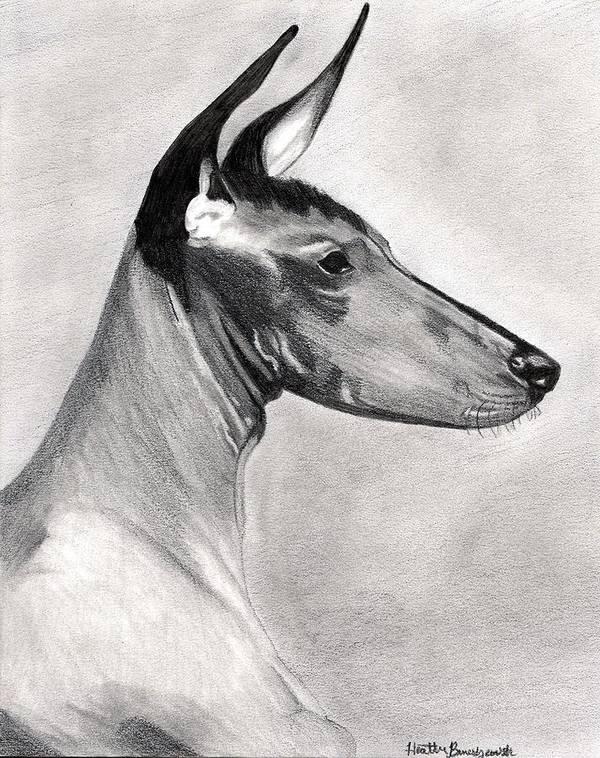
On January 1, 2011, the Peruvian Inca Orchid entered the AKC’s Miscellaneous class.
And when the final “i’s” are dotted and all the “t’s” are crossed, it’s possible that the POI will go on record as being the breed that took the longest to gain full AKC recognition. As of this writing, the breed has been in the Miscellaneous Class for 4,570 days.
That’s 150.19 months, or (drum roll) 12.51 years.
For anyone new to the AKC, Peruvian Inca Orchid owners have done nothing wrong. If they had, the breed wouldn’t even be in the Miscellaneous Class. But it comes down to criteria that can be hard to meet for rare breeds.
The road to full AKC recognition usually starts with a stint in the AKC Foundation Stock Service, a recording service for purebred breeds not yet eligible for AKC registration. Acceptance into the program doesn’t guarantee full AKC registration, but it’s a good start, and it begins with a breed club sending a written request to the AKC along with additional documentation showing a written history, a written breed standard, and photographs.
If substantial interest and activity in the breed is demonstrated from across the country, and criteria is met, documentation is presented to the AKC Board of Directors for consideration to compete in the Miscellaneous Class. To be able to compete in that class, the AKC must again get a written request from the national breed club, which implies, of course, that there is a national breed club, and that it has at least 100 active household members. There have to be a sufficient number of dogs of the breed in the United States (a minimum of 300-400 dogs) with a three-generation pedigree made up entirely of dogs of the same breed, and there has to be geographic distribution of the dogs and people in 20 or more states. If there is enough nationwide interest and activity in the breed, and criteria is met, the AKC Board of Directors will consider the breed for competition in the Miscellaneous Class.
As of this writing, the PIO is not alone in the Miscellaneous Class. Presently, the class also includes the Japanese Akitainu, Dutch Shepherd, Danish-Swedish Farmdog, Kai Ken, Lancashire Heeler, Norrbottenspets, Portuguese Podengo, Russkaya Tsvetnaya Bolonka, Small Munsterlander, and Teddy Roosevelt Terrier.
There is no established timetable for adding new dogs, and breeds typically compete in the Miscellaneous Class for one to three years. This underscores the challenge faced by a rare breed like the PIO to meet certain requirements, particularly those having to do with numbers. At the end of the first year in the Miscellaneous Class, the AKC contacts the National Breed Club for the latest numbers of dogs and litters recorded, as well as the number of dogs that have entered events since being eligible to compete. Cranking out puppies simply to generate a large enough population of dogs to enter an AKC class is not in the best interest of a breed, and so (and appropriately) many breeds grow in popularity or numbers organically. The Peruvian Inca Orchid will eventually get full recognition, and the amount of time it spent in the Miscellaneous Class will become a distant memory. It happened for the Belgian Laekenois which hung around the Miscellaneous group for 3,289 days until it was fully recognized for the Herding group on July 1, 2020.
But who’s counting.
Image: Peruvian Inca Orchid by Olde Time Mercantile is available as fine art and as a greeting card here

I’m counting with the Portuguese Podengo. And the finish line keeps moving.
I’m pretty sure the Border Collie holds the record for being in the Misc class the longest.